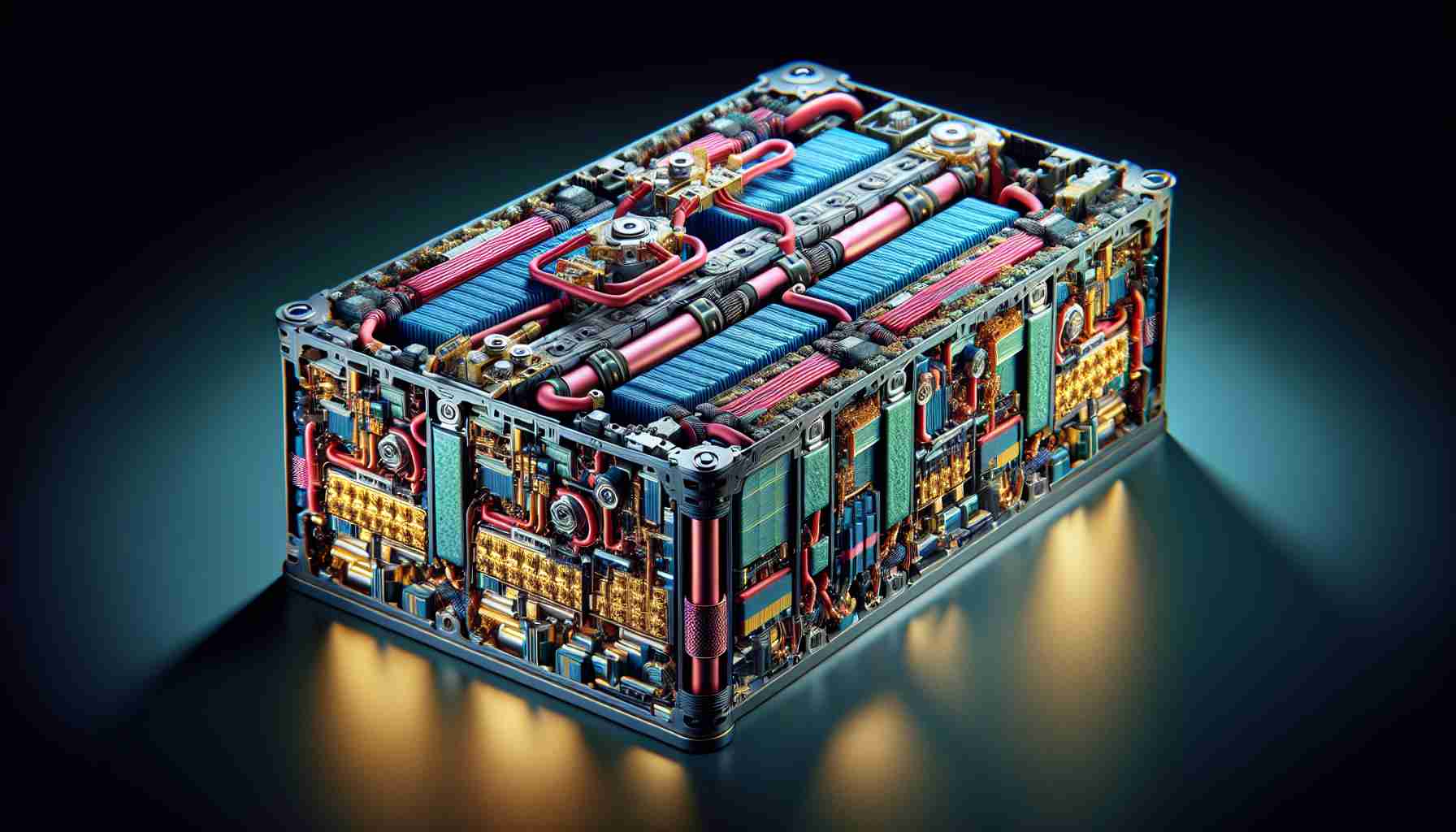Tesla has frequently made headlines with revolutionary innovations, and its 4680 battery is no exception. But what is the real story behind this new technology?
The 4680 battery cell, named for its dimensions of 46mm by 80mm, was unveiled during Tesla’s Battery Day event in 2020. While it represents a significant development in the electric vehicle industry, it is important to clarify that the 4680 battery is not a solid-state battery. Instead, it is an advanced lithium-ion cell that incorporates several engineering improvements designed to enhance performance and reduce costs.
One of the critical innovations of the 4680 is its tabless design, which improves efficiency by shortening the path electrons must travel. This results in faster charging and discharging times while also reducing heat build-up—an essential factor for electric vehicles. Additionally, the increased size of the cell allows for more energy storage, translating to longer range per charge for vehicles.
Another major advantage is the streamlined production process, which Tesla claims will lower the manufacturing costs and subsequently the cost of electric vehicles for consumers. Tesla’s 4680 battery also uses a new cathode and anode design that minimizes the use of cobalt, a costly and controversial material, promoting sustainability and ethical sourcing.
While solid-state batteries are considered the future of energy storage, offering higher energy density and improved safety, Tesla’s 4680 is a step forward within the current lithium-ion framework, providing tangible benefits and paving the way for future advancements.
Tesla’s Game-Changing 4680 Battery: What You Need to Know
Exploring Tesla’s Technological Leap with the 4680 Battery
Tesla has continually pushed the boundaries of electric vehicle technology, and the introduction of its 4680 battery is yet another milestone achievement. While generating interest and speculation, this new battery revolutionizes existing technology rather than venturing into solid-state territory. Here, we delve into its unique features, potential impacts, and market insights.
Key Innovations and Features of the 4680 Battery
The 4680 battery, named after its dimensions (46mm by 80mm), is an advanced lithium-ion cell characterized by several groundbreaking features:
– Tabless Design: By eliminating tabs, the 4680 battery significantly shortens the path electrons travel. This innovation not only accelerates charging and discharging times but also mitigates excessive heat generation—essential for enhancing electric vehicle performance.
– Larger Cell Capacity: The increased size of the battery allows for greater energy storage, resulting in an extended driving range per charge. This advancement addresses a common limitation in electric vehicles, making longer trips more feasible.
– Cost-Effective Production: Tesla’s streamlined manufacturing process for the 4680 battery promises to reduce costs. This, in turn, is projected to lower the price point of electric vehicles, making them more accessible to a broader audience.
– Sustainable Material Use: With a new cathode and anode design, the 4680 battery minimizes cobalt use. Cobalt, a resource associated with high costs and ethical concerns, is a crucial material for traditional lithium-ion cells. Tesla’s approach supports sustainability and ethical sourcing, critical factors in its supply chain strategy.
Comparisons and Implications for the Market
While the 4680 battery isn’t a solid-state cell, it stands out for optimizing the lithium-ion technology currently dominating the market. It drives substantial innovations anticipated to bolster the electric vehicle industry before a potential transition to solid-state solutions.
Market Impact and Sustainability Initiatives
– Cost Implications: Tesla’s advances in reducing production expenses are expected to set a new benchmark for electric vehicle pricing, which could reshuffle market dynamics and foster competition, pressuring traditional automakers to adopt similar innovations.
– Sustainability and Ethical Practices: By reducing reliance on cobalt, Tesla positions itself as a leader in sustainable production practices within the automotive industry. Such initiatives align with global sustainability goals and enhance Tesla’s brand reputation.
What Lies Ahead: Future Prospects
Tesla’s 4680 battery represents an important stride in lithium-ion technology, bridging the gap towards future innovations. As solid-state batteries remain on the horizon, the current advancements set by the 4680 cell establish a robust foundation for the next generation of electric vehicle batteries.
For those looking to stay informed about Tesla’s latest technological strides and their impact on the industry, visit the official Tesla website.











